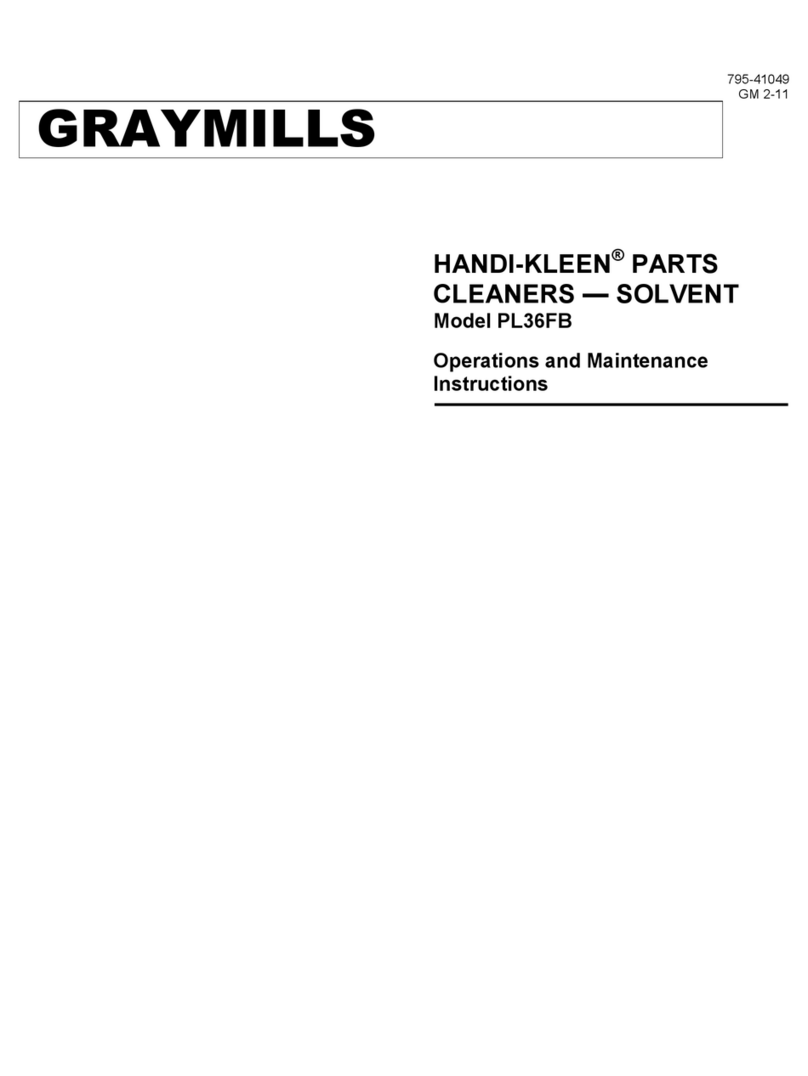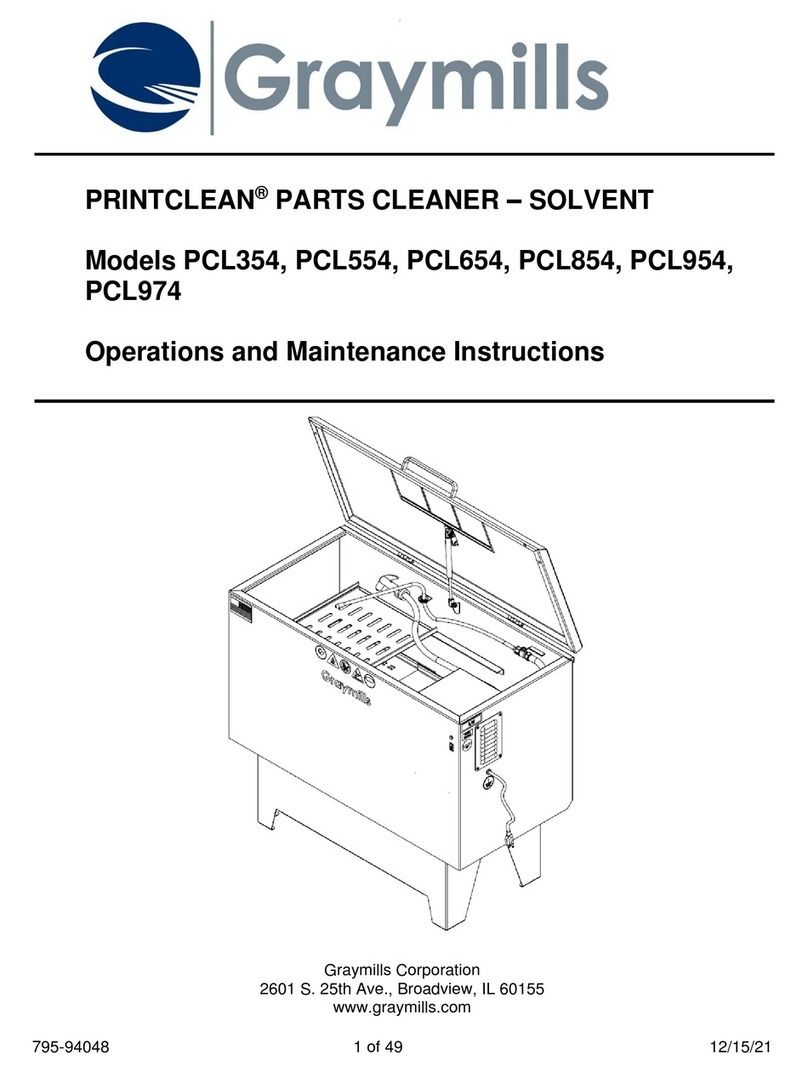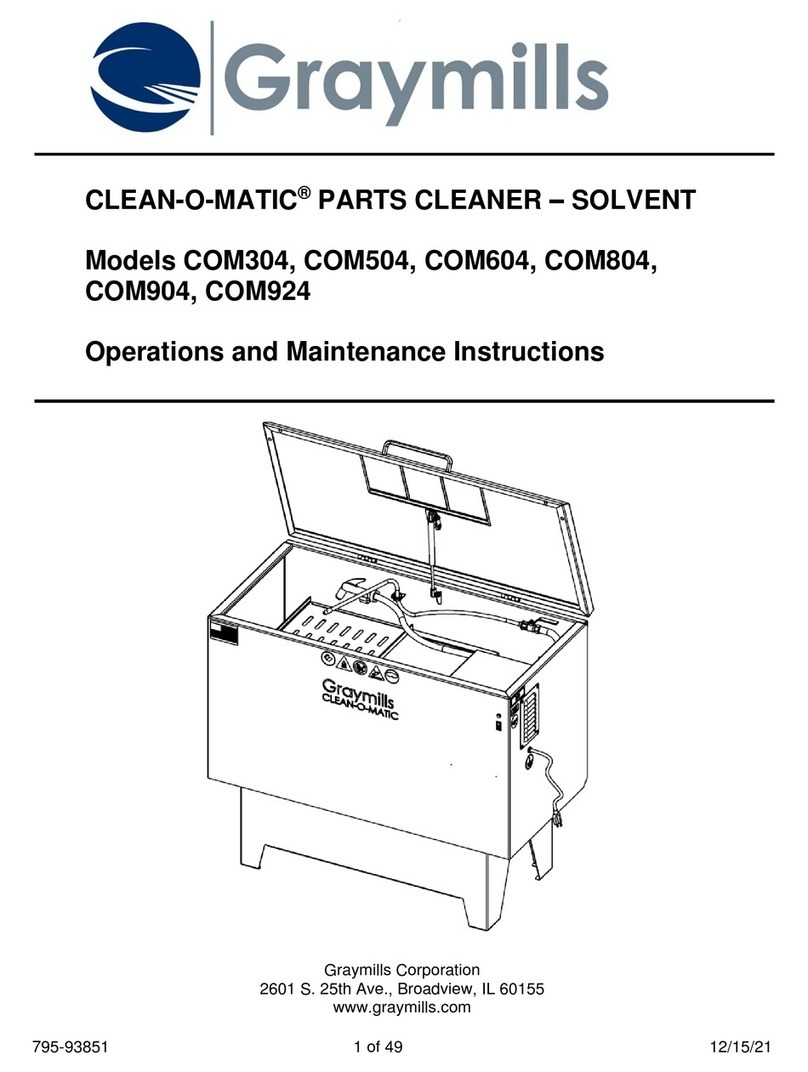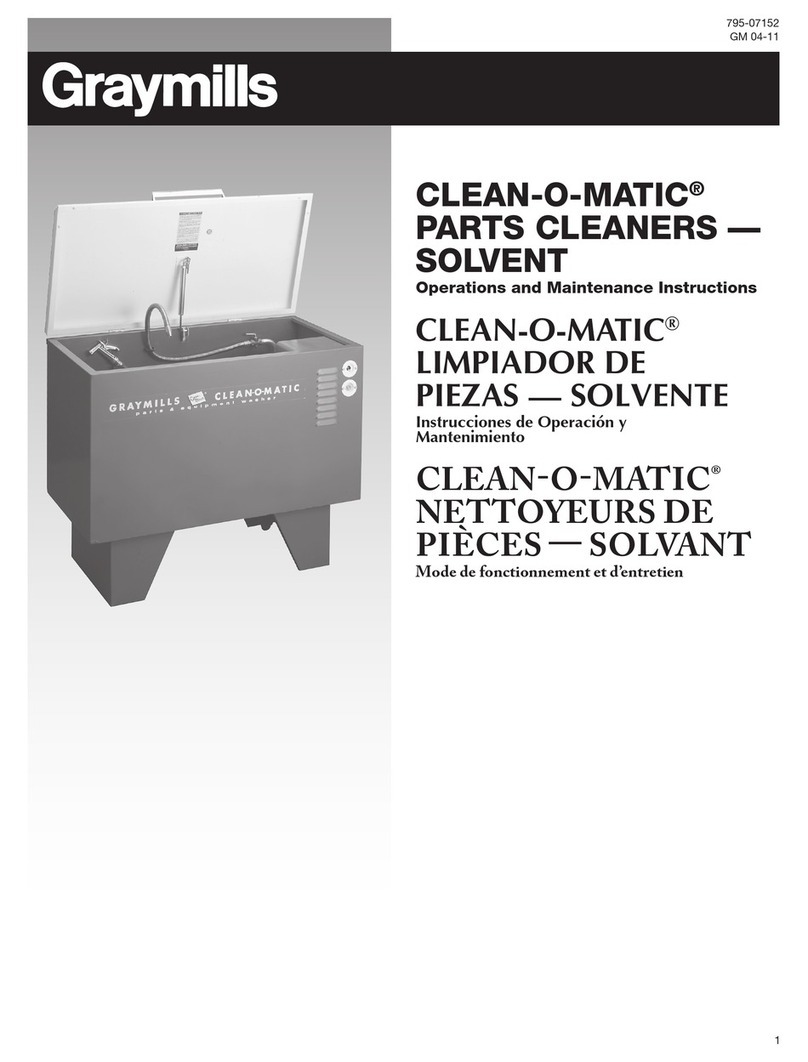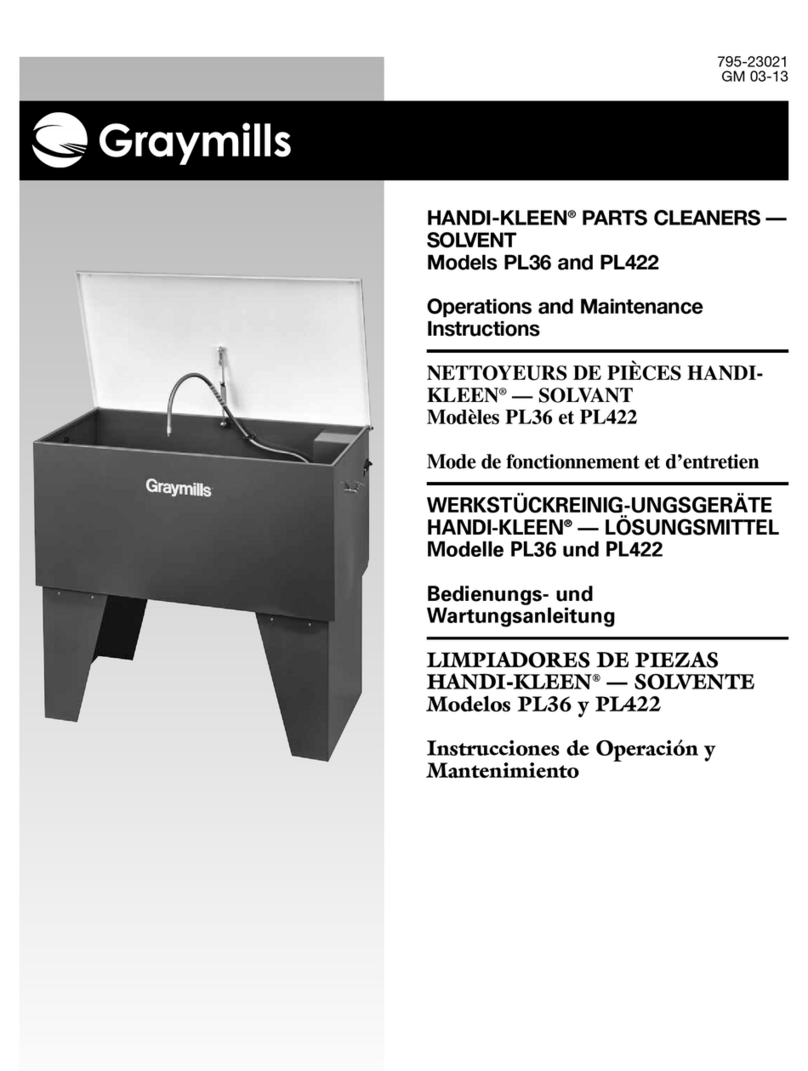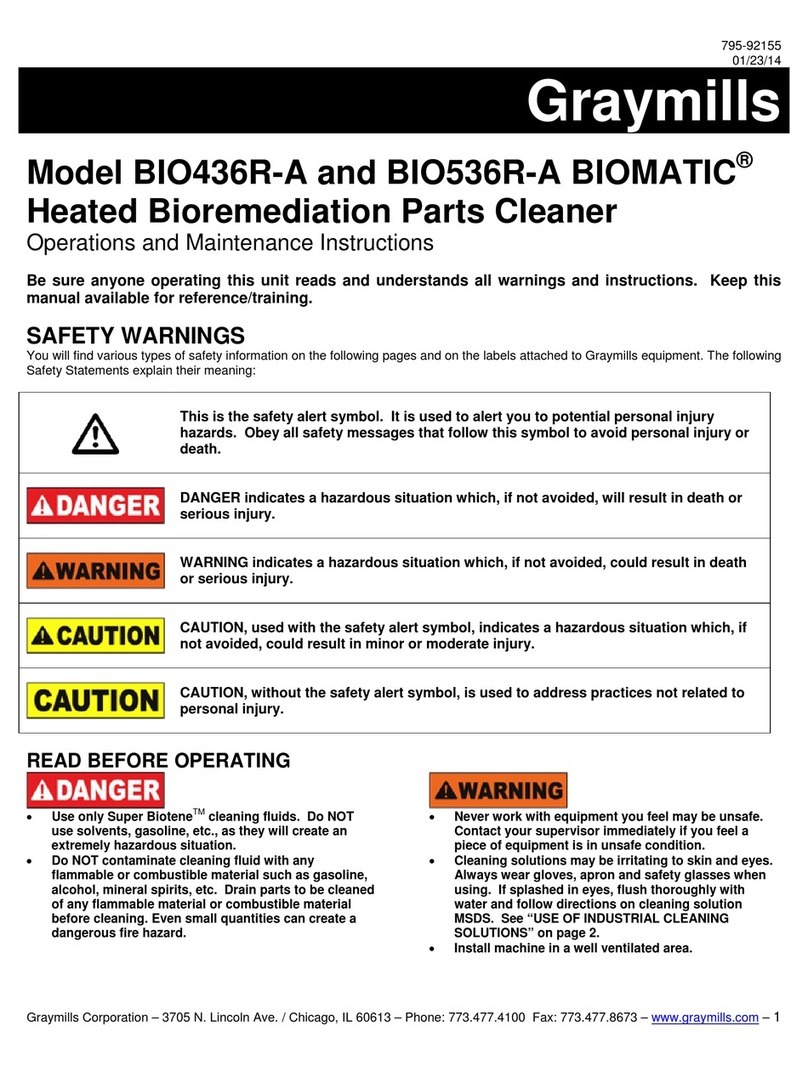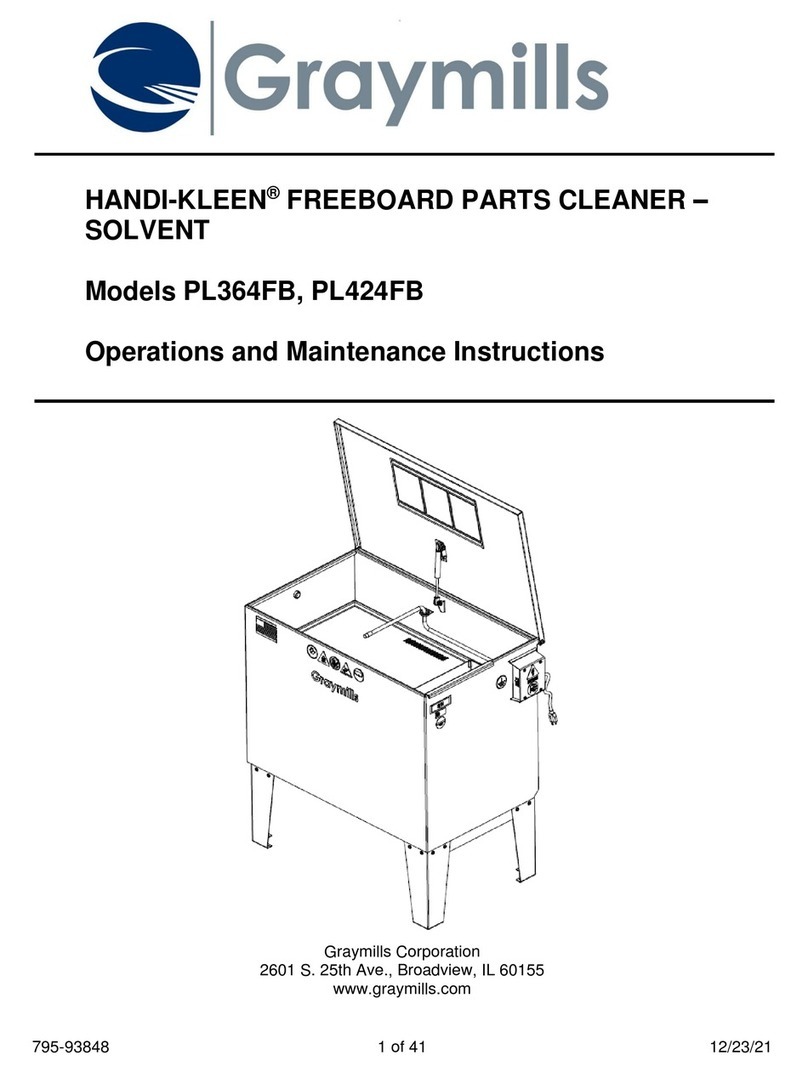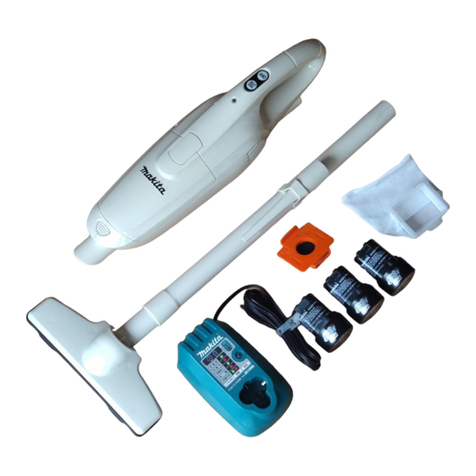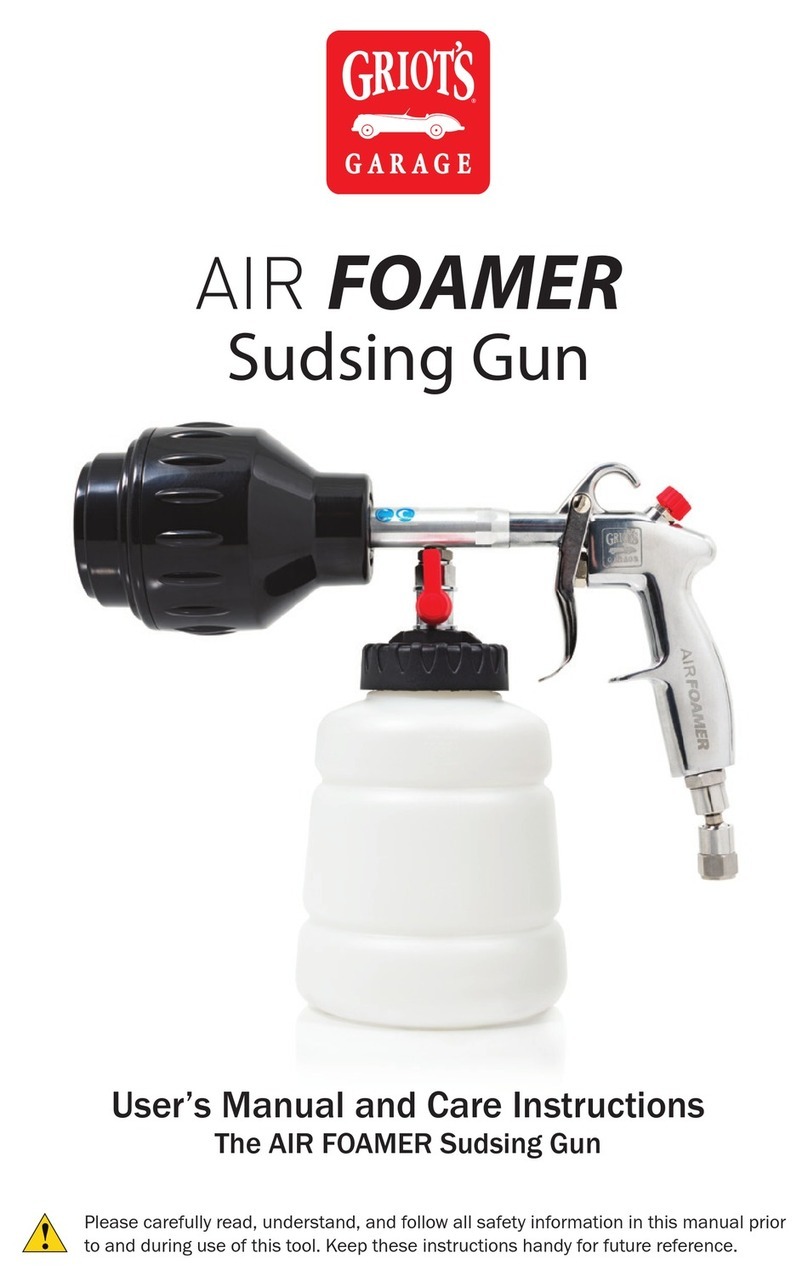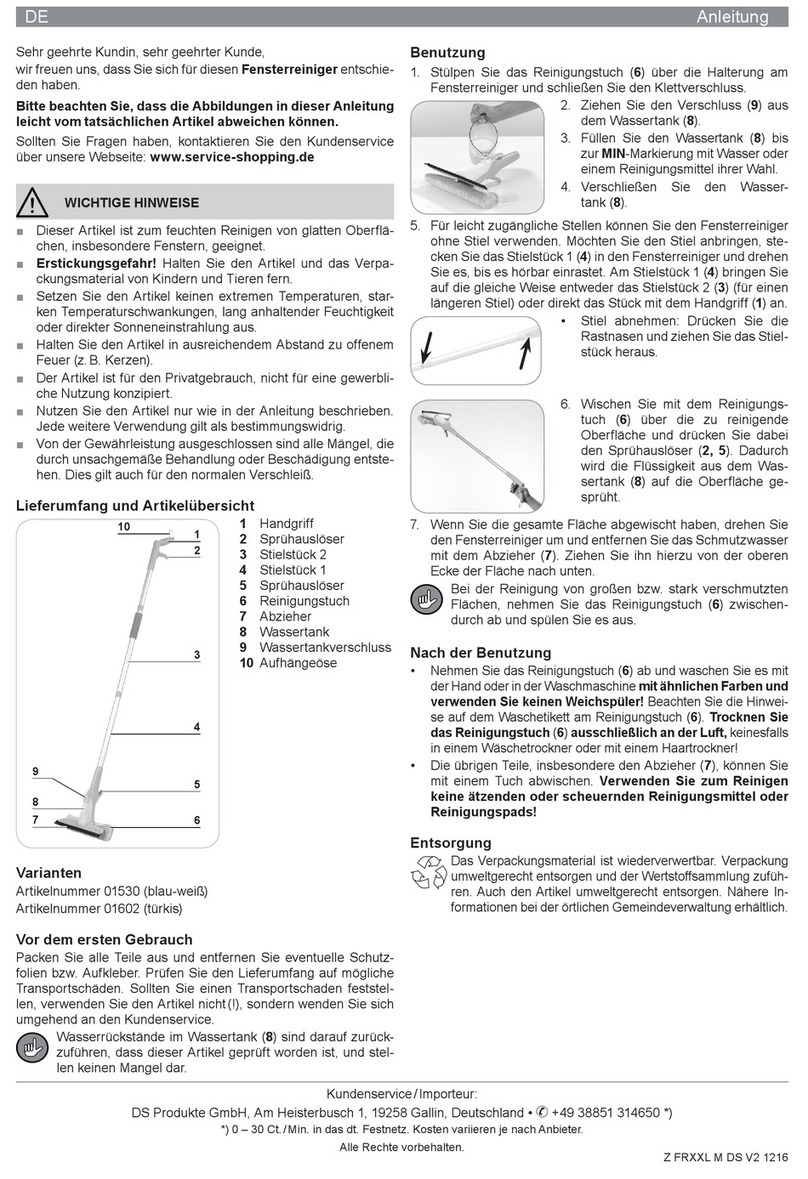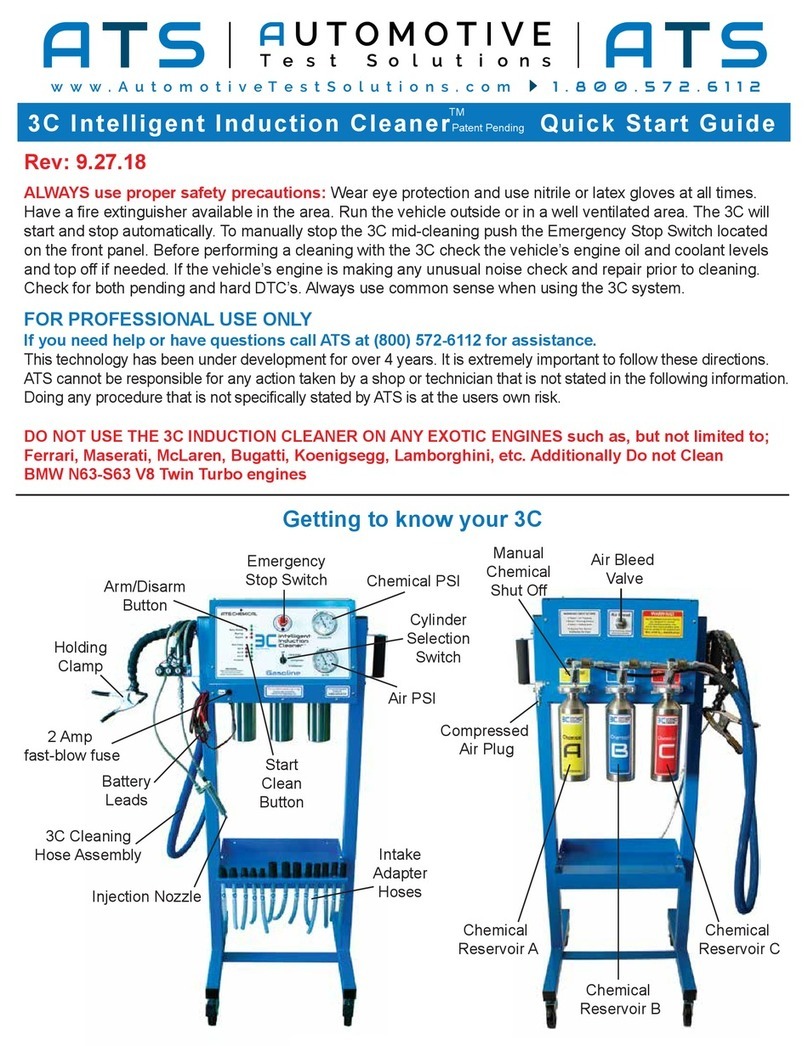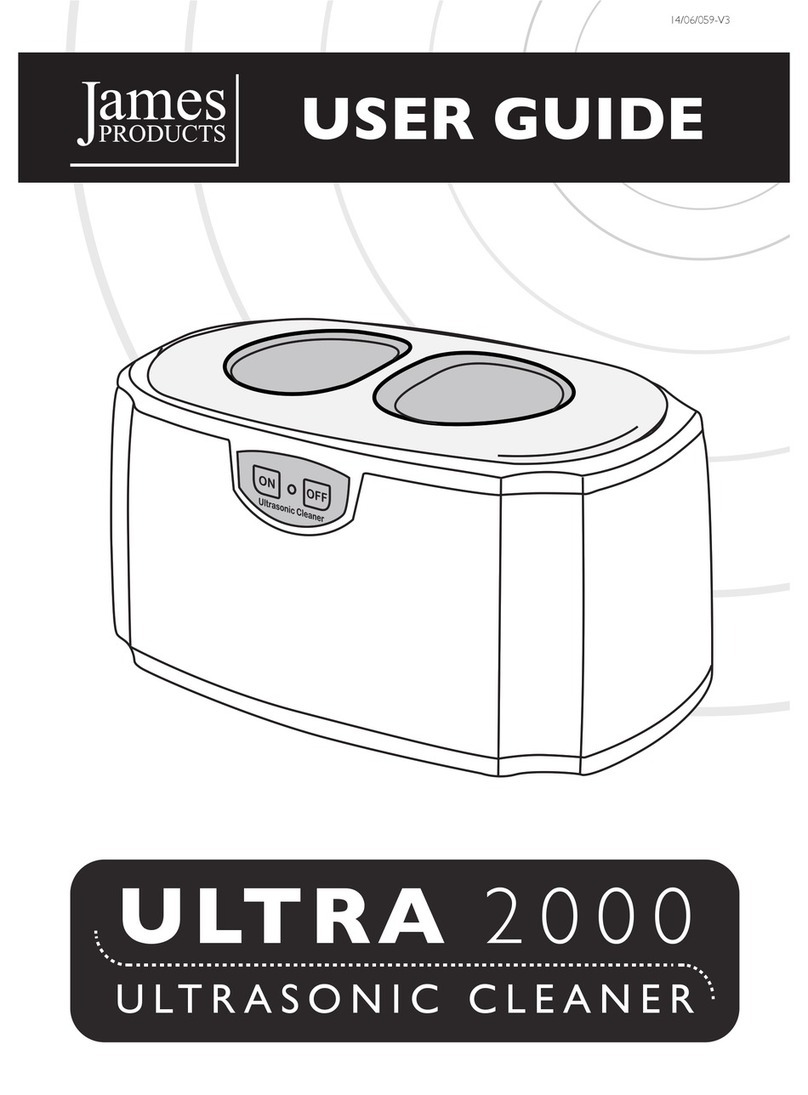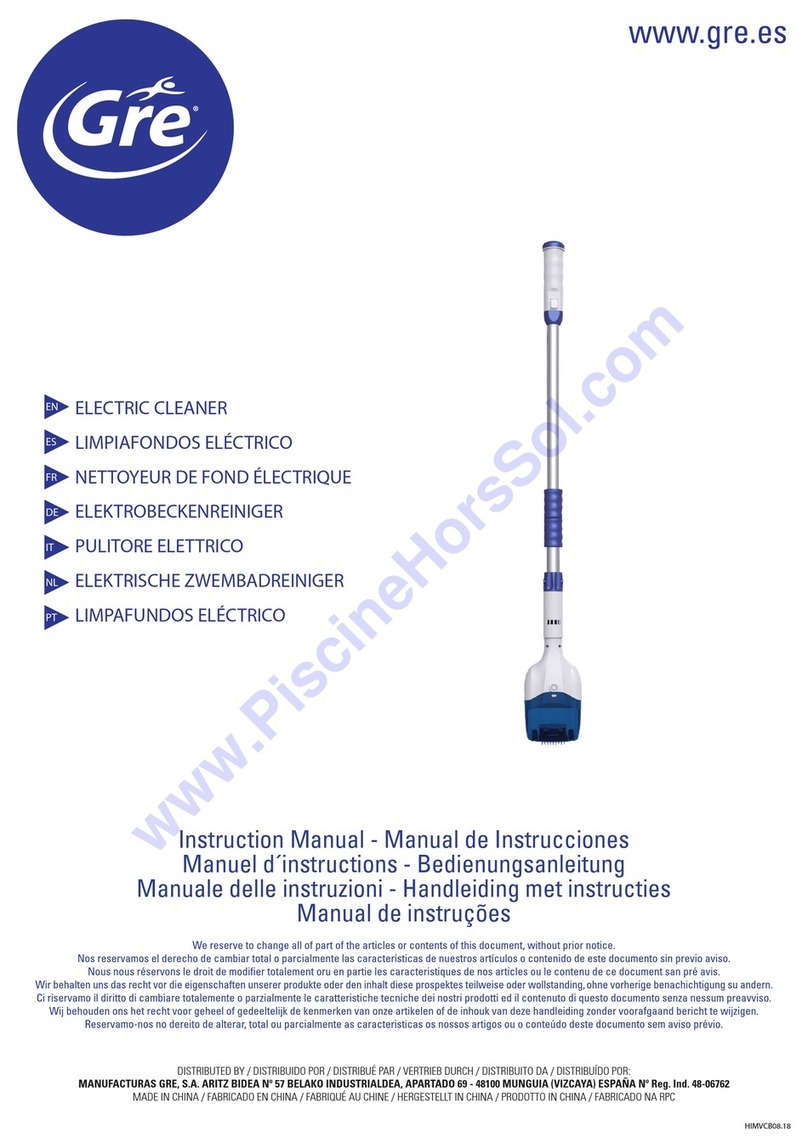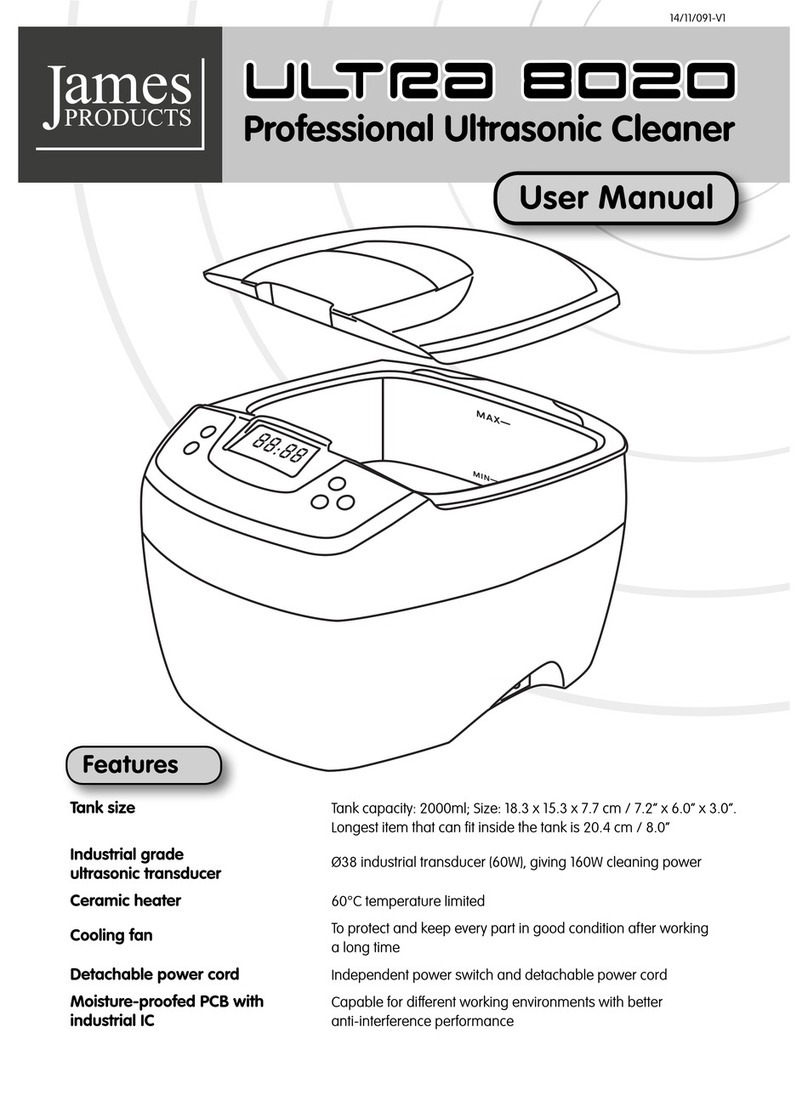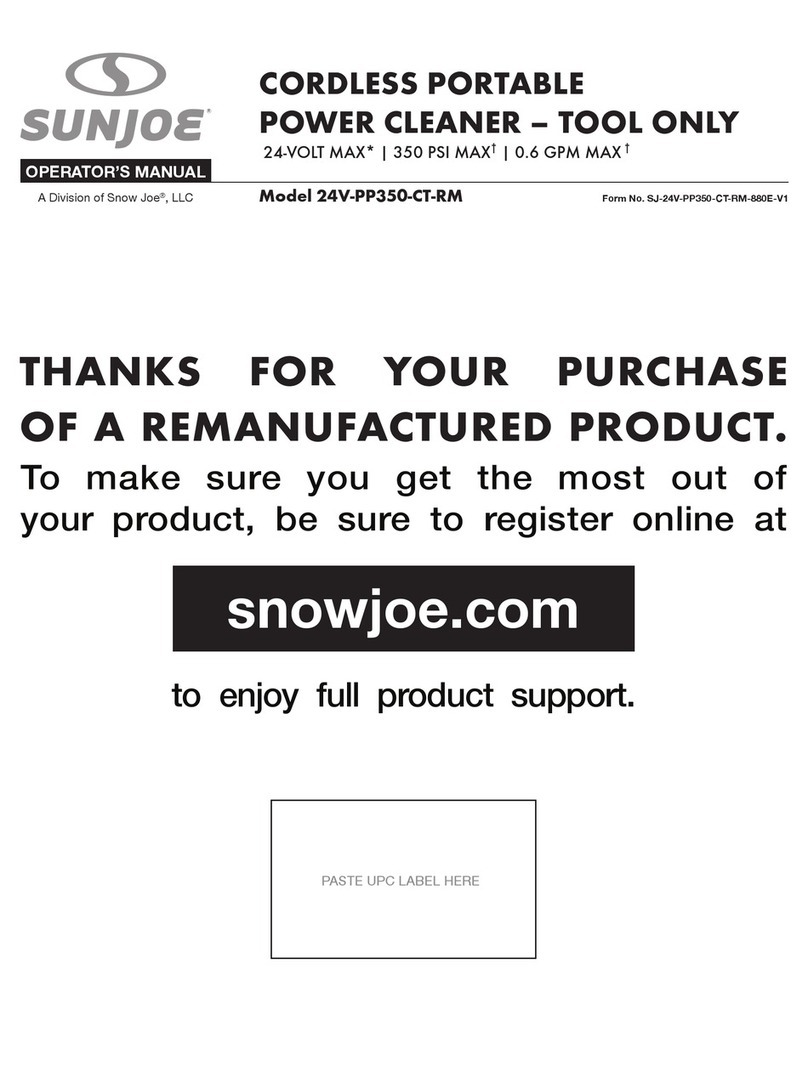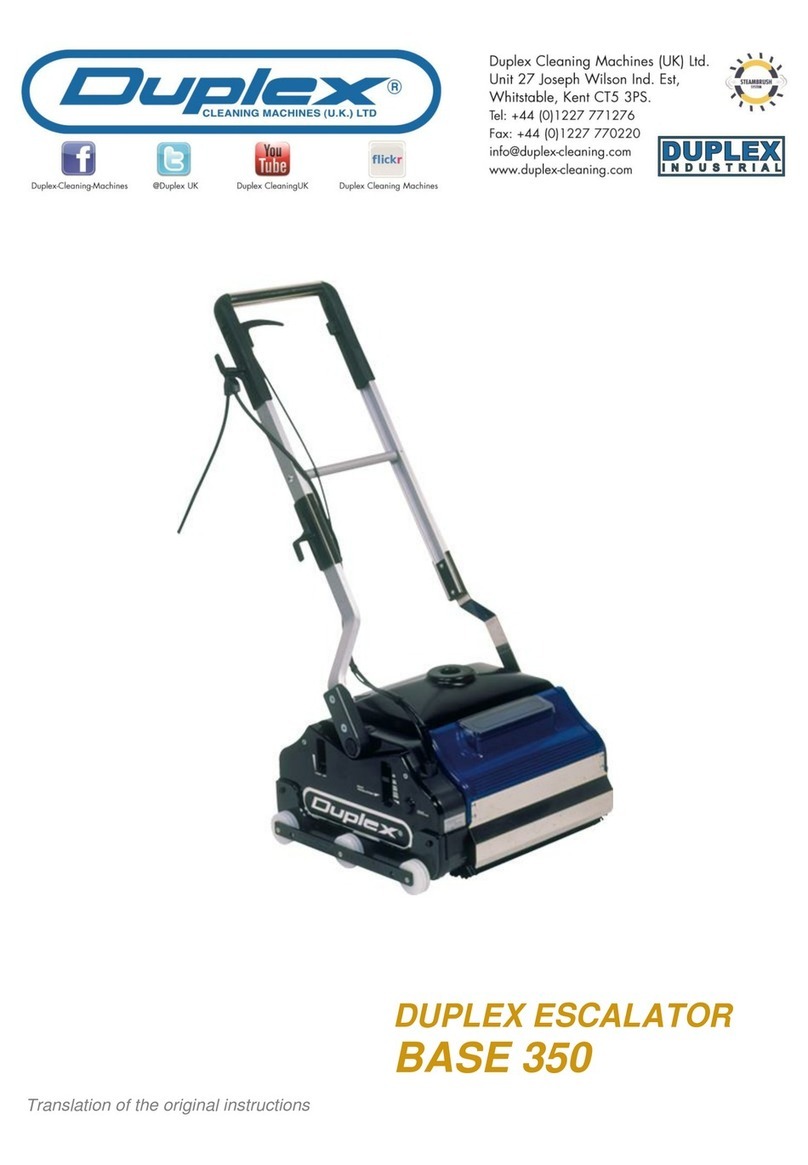
795-91322
09/24/08
Graymills Corporation – 3705 N. Lincoln Ave. / Chicago, IL 60613 – Phone: 773.477.4100 Fax: 773.477.8673 – www.graymills.com
ULTRASONIC GENERATORS
This machine utilizes dangerous high voltage to operate the ultrasonic transducers. Only qualified trained personnel should
attempt any repairs or servicing of the ultrasonic components. Disconnect all power before servicing the ultrasonic
generators or tank heaters.
If in doubt about any servicing procedures, contact Graymills’ customer service department at (773) 248-6825.
The ultrasonic cleaner has a fan to cool the electronic components. The fans may become blocked with lint or debris that will
inhibit the free flow of air. Periodically (every 2-3 months) under normal conditions, the fan should be inspected (for debris
build-up), cleaned and placed back into service. Disconnect all power before starting cleaning.
GENERAL DAILY MAINTENANCE
1) Inspect the power cord and connector for deterioration or damage. Repair or replace a damaged power cord or
connector immediately.
2) Do not allow the ultrasonic cleaner to sit on a wet surface. Wipe up any water or cleaning solution from the tank
mounting surface.
3) Remove any parts that may drop into the tank.
Turn off the ultrasonic generators and heaters, and allow the cleaning solution to cool to room temperature before
immersing your hands into the cleaning fluid. Use rubber gloves to protect your hands.
WEEKLY MAINTENANCE
1) Wash the cleaning tank interior as described on page 4.
2) Inspect the drain valve and fitting for leaks. Repair any leaks immediately. Replace the drain valve if necessary.
3) Wipe the tank cabinet with a damp (NOT WET) cloth to remove accumulated detergent residues and soils. If left on
the cabinet, the detergent residues may produce a permanent stain on the metal surfaces.
Never under any circumstances immerse this equipment in water. Permanent damage, personnel injury and/or other
property damage will result if this equipment is immersed.
APPLICATIONS
PRINCIPLES OF ULTRASONIC CLEANING
Ultrasonics is defined as a mechanical vibration above the range of human hearing (i.e., above 18,000 Hz.). Ultrasonic
cleaning refers to the use of ultrasonic energy to assist in the cleaning of soiled objects while they are immersed in a cleaning
fluid. Typical frequencies used in ultrasonic cleaning are: 20 kHz, 25 kHz, 40 kHz and 80 kHz.
Every ultrasonic cleaning system consists of three basic components:
1) An Ultrasonic Generator that converts 50 or 60 Hz. electric power from the electric utility supply to a high frequency
electric signal in the ultrasonic range.
2) Ultrasonic Transducers to convert the ultrasonic electrical signal into mechanical vibrations.
3) A tank with the ultrasonic transducers bonded to its exterior and that contains the cleaning fluid and workpieces.
The tank is filled with a fluid suitable for the cleaning application. When the ultrasonic generator is activated, the transducers
begin to vibrate at their natural frequency and couple the ultrasonic energy into the cleaning fluid. If sufficient energy is
produced, the fluid molecules are pulled apart, creating microscopic “voids” or bubbles. This phenomenon is called cavitation.
These cavitation bubbles increase and shrink in size in step with the ultrasonic frequency. Above a certain energy threshold,
the bubbles will grow to an unstable size and then suddenly collapse, releasing a tremendous amount of energy into the fluid.
If a soiled workpiece is immersed in the fluid, the cavitation bubbles will tend to collapse on the surfaces of the parts. This
creates a scrubbing action that literally “blasts” away the contaminants from the parts.
– 4






